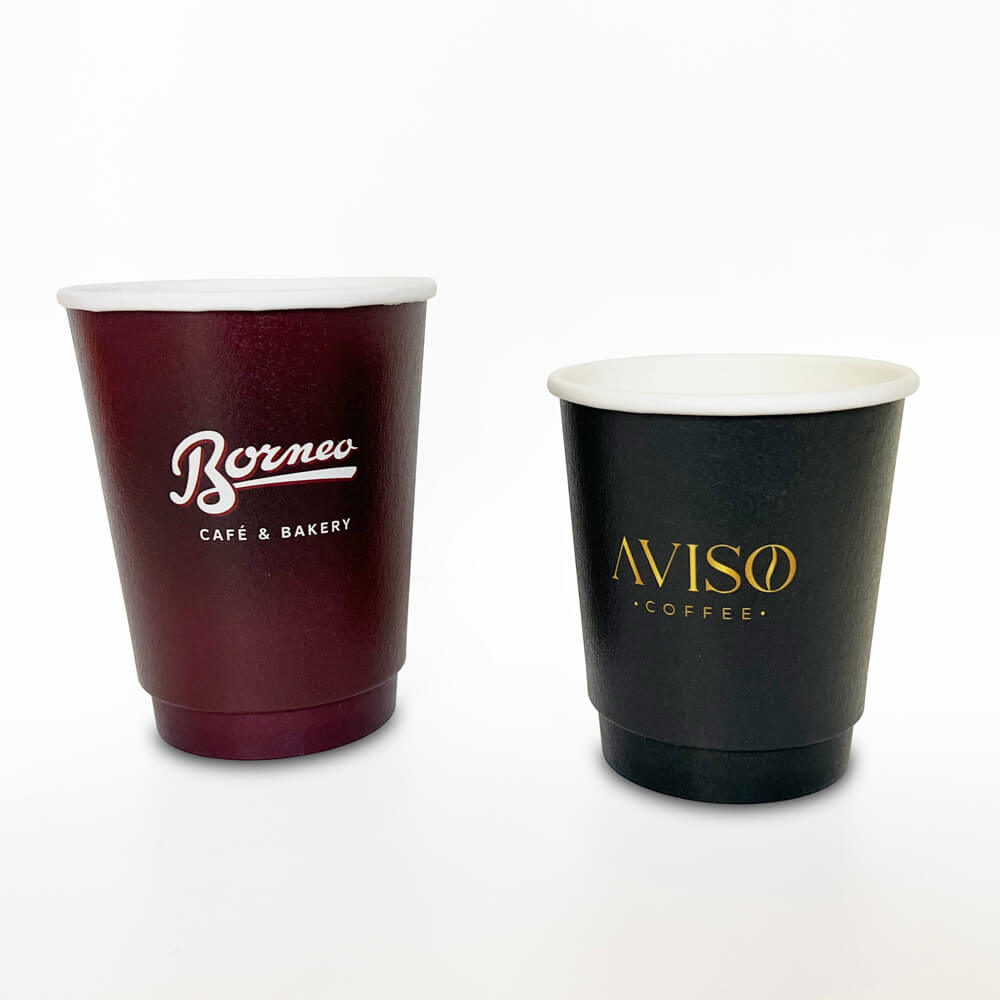The Art and Evolution of Pizza Boxes
Pizza is undoubtedly one of the most beloved foods worldwide, with its origins steeped in Italian history. What might seem simple—a flatbread topped with various ingredients—has transcended borders, become a staple in various cultures, and sparked numerous culinary innovations. However, while we often celebrate the artistry of pizza making and the joy of its consumption, one crucial aspect that frequently goes unnoticed is the humble pizza box.
The pizza box, a seemingly mundane object, has a story of its own. Designed to protect pizza from the elements and provide a convenient means of transportation, the traditional pizza box is typically made from corrugated cardboard. This material not only ensures the integrity of the pizza but also allows for necessary ventilation. The first modern pizza box, often credited to a pizzeria in Naples, Italy, was invented in the 1940s. Since then, it has undergone various transformations to meet the demands of an ever-evolving food industry.
One of the primary functions of a pizza box is to keep the pizza warm and fresh. The insulating properties of cardboard are quite effective at maintaining temperature, allowing customers to enjoy their pizza hot right out of the oven. However, the design of pizza boxes has evolved to enhance this effect. Many modern boxes feature air vents that prevent steam from building up, which can lead to soggy crusts. This simple design innovation helps to maintain the perfect texture that pizza enthusiasts crave.
Moreover, pizza boxes have become a canvas for creativity. Many pizzerias have started using their boxes not just for transportation but as a medium for marketing. Custom designs, vibrant colors, and catchy slogans adorn the exterior of pizza boxes, transforming them into a promotional tool. This has proven particularly effective in the age of social media, where visually appealing packaging can capture the attention of potential customers. A well-designed pizza box can lead to social media shares, ultimately increasing brand awareness and sales.
pizza boxes

Sustainability has also entered the realm of pizza box design. As consumers become more environmentally aware, pizzerias have begun to seek out eco-friendly alternatives. This shift has encouraged the use of recyclable and compostable materials. Some companies have even experimented with edible pizza boxes, which not only reduce waste but also offer an additional culinary experience. These innovations reflect the growing trend towards sustainability in the food industry, demonstrating that even a pizza box can contribute positively to the planet.
In addition to marketing and sustainability, the pizza box also plays a role in the cultural phenomenon surrounding pizza. For many, the experience of ordering pizza is a cherished tradition, often associated with communal gatherings, celebrations, or late-night cravings. The simple act of opening a pizza box can evoke feelings of nostalgia and joy, making it an integral part of the pizza experience. The familiar sound of the cardboard flaps being opened and the sight of a perfectly crafted pizza is a moment that captures happiness for many.
In recent years, the rise of food delivery services and online ordering has further transformed the pizza box landscape. The need for boxes that can withstand long delivery times and varied transport conditions has led to innovations in packaging technology. Some companies are now employing heat-retaining materials and enhanced structural designs to ensure that the pizza arrives at its destination still hot and delicious.
In conclusion, while the pizza box may appear to be a simple accessory to one of the world's favorite foods, it has evolved into a multifaceted tool that encompasses function, marketing, sustainability, and culture. As the pizza industry continues to grow and change, the humble pizza box will undoubtedly continue to adapt, proving that even the smallest elements of our dining experiences can have significant impacts. Next time you enjoy a slice, take a moment to appreciate the pizza box that made it possible. It's not just a container; it's a symbol of creativity, innovation, and the joy of sharing good food.



